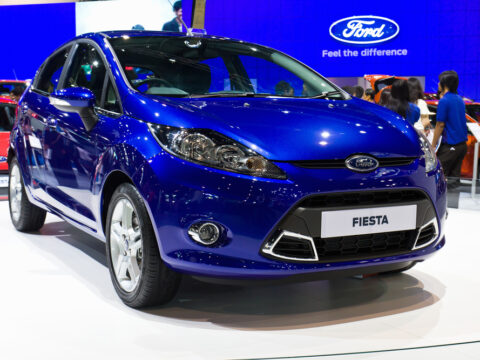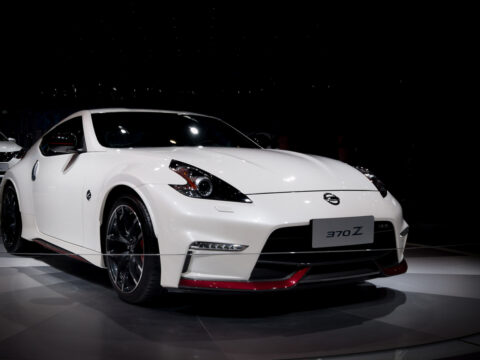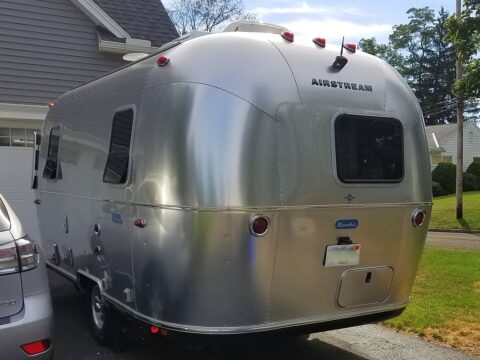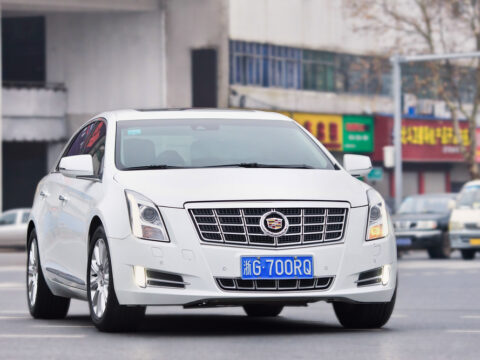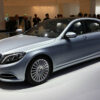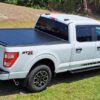The 2000s, an era marked by significant advancements in technology and safety, was also a decade that witnessed the rise and fall of many bold and ambitious automotive projects. Yet, in the pursuit of innovation and market share, not every vehicle crossed the finish line. Some models missed the mark so badly that they ended up in the annals of automotive infamy, remembered more for their shortcomings than any innovative features they may have introduced.
Contents
2001 Pontiac Aztek

Often ridiculed for its peculiar design, the 2001 Pontiac Aztek was a car that failed to hit the mark with consumers. Its futuristic design was not well-received and was criticized for being too bold and lacking a coherent design language. It had a decent range of features, including a built-in cooler and a removable cargo tray, but it couldn’t save the Aztek from being a commercial flop. From its launch in 2000, until it was discontinued in 2005, Pontiac sold just over 119,000 Azteks, a far cry from the brand’s initial expectations.
2004 Chevrolet SSR
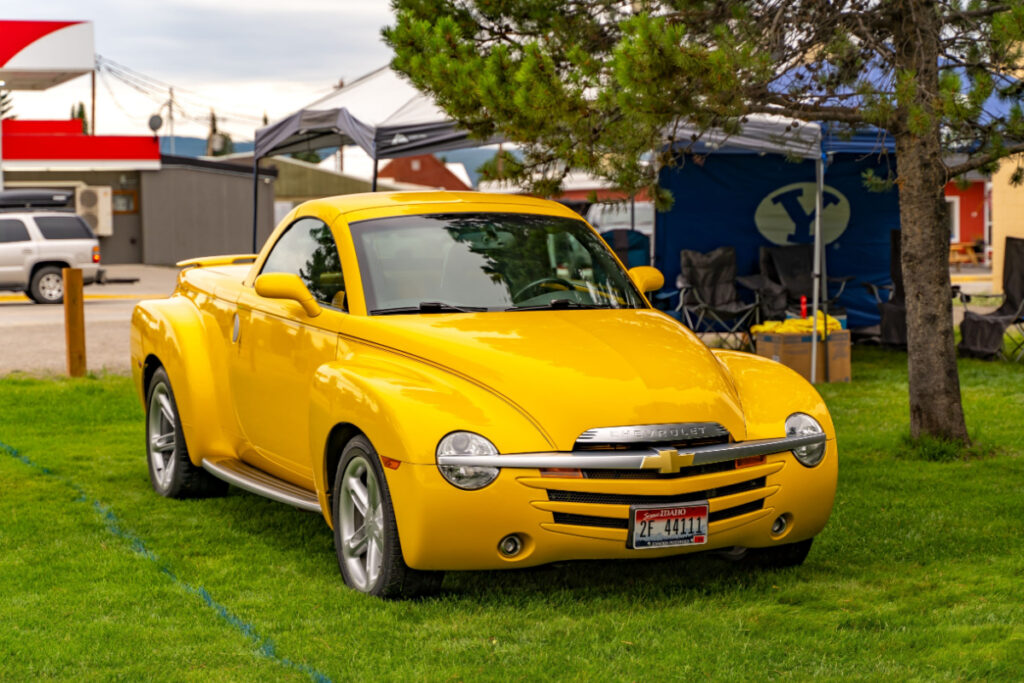
The Chevrolet SSR was an odd combination of a sports car and a pickup truck that struggled to perform well in either category. The result was a vehicle that was too heavy to be sporty and had too small of a bed to be practical as a pickup. Additionally, its high price tag further diminished its appeal. Its production was halted in 2006 due to slow sales, with just over 24,000 units sold in its three years of production.
2006 Hummer H2
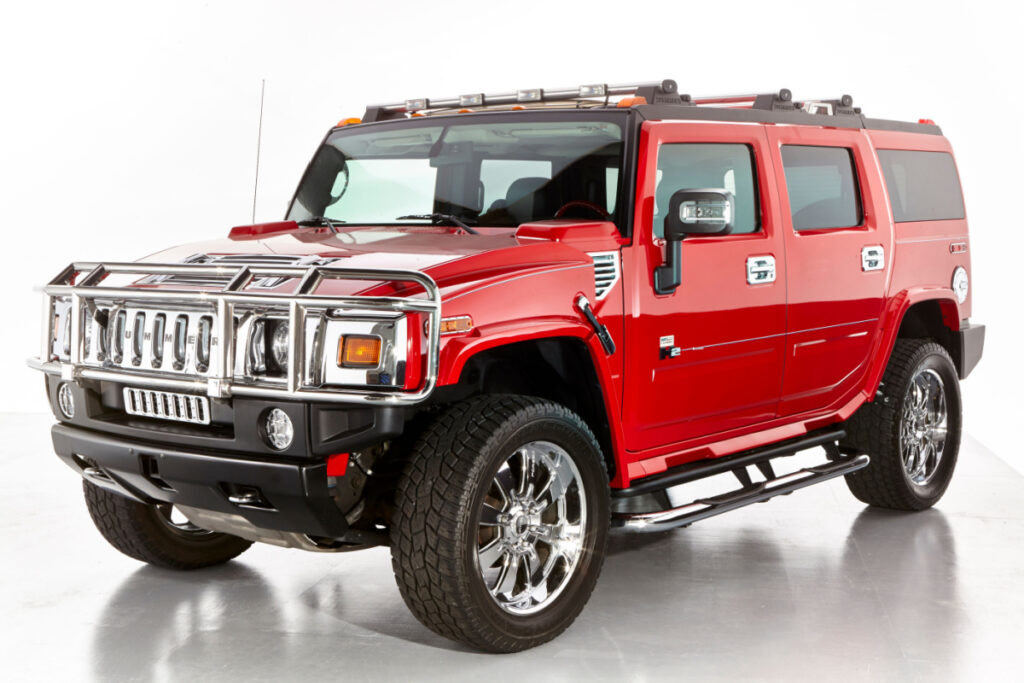
The Hummer H2 was known for its gas-guzzling inefficiency and outsized proportions. It was widely criticized for its poor fuel economy, often getting less than 10 miles to the gallon. As gas prices rose and environmental concerns became more prevalent, the H2 became a symbol of excess. The financial crisis of 2008 didn’t help either, and the Hummer brand was ultimately discontinued in 2010.
2003 Chrysler PT Cruiser Convertible
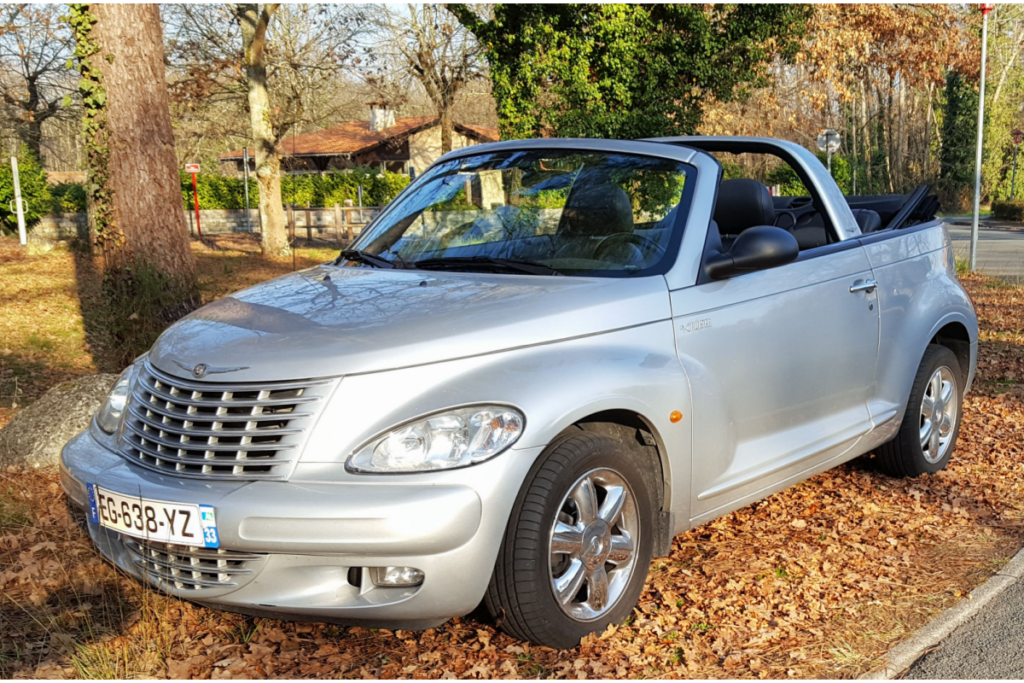
While the original PT Cruiser had a successful launch due to its unique retro styling, the 2003 convertible version was a different story. The ungainly look was poorly received, combined with poor build quality and handling issues. Sales of the convertible were far below expectations, and it didn’t do any favors to the reputation of the PT Cruiser line.
2006 Subaru B9 Tribeca
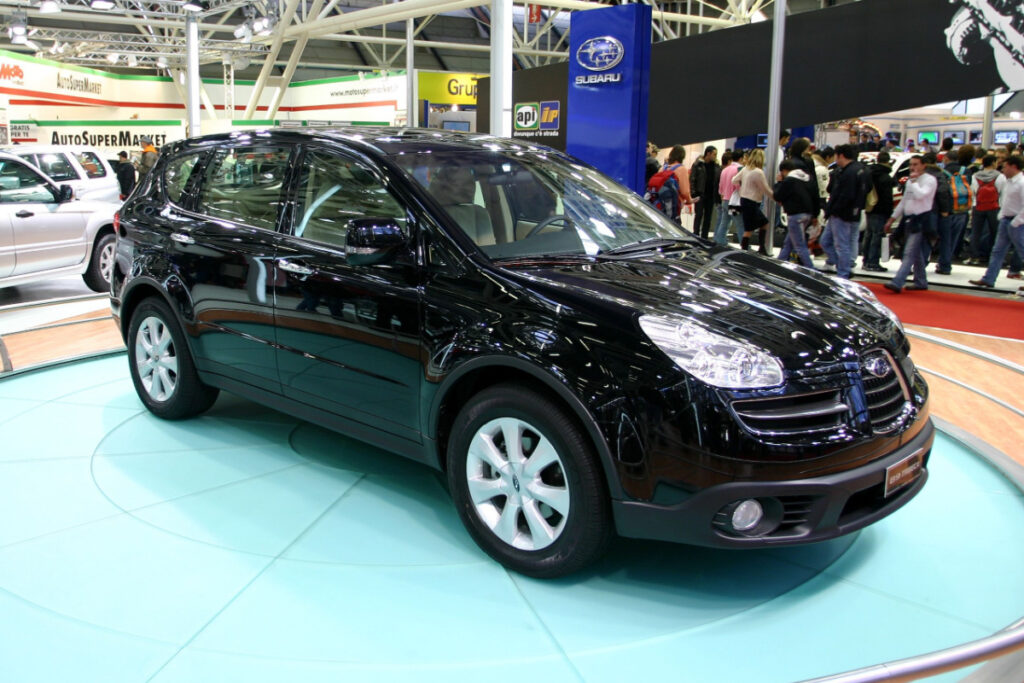
The B9 Tribeca was Subaru’s first attempt at a midsize SUV. However, it was criticized for its controversial front-end design, underpowered engine, and cramped third-row seating. Even a refresh in 2008 that improved some of these issues could not save it from poor sales, and it was discontinued in 2014.
2004 Jaguar X-Type
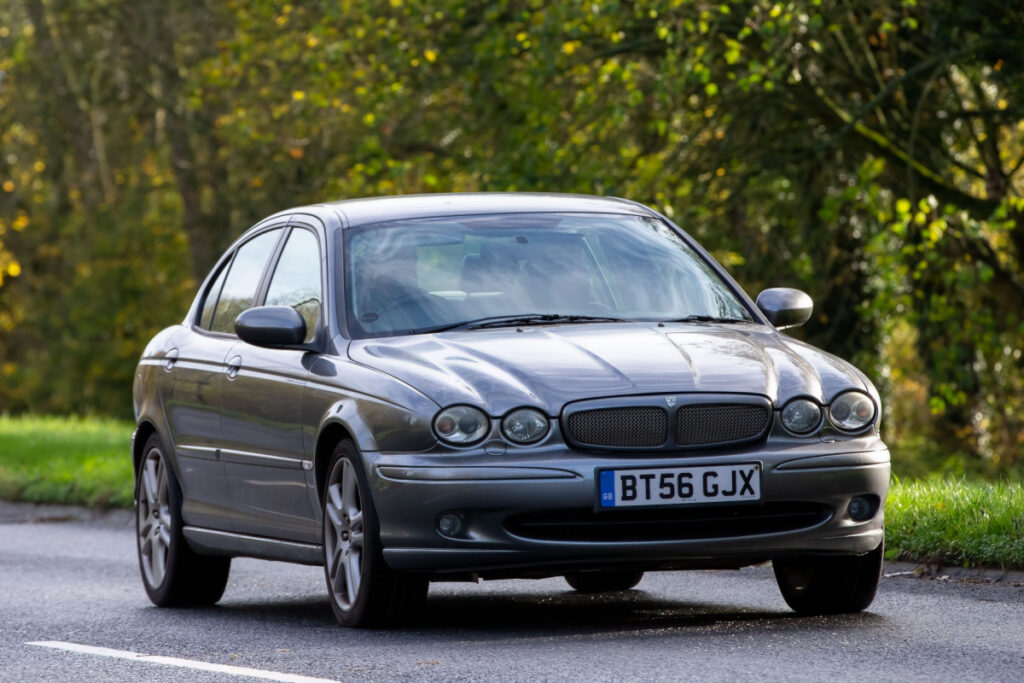
Aimed at competing with BMW and Mercedes in the compact executive car segment, the X-Type ended up disappointing. Criticized for its derivative design and for sharing too many components with cheaper Ford models, it did not live up to the prestige associated with the Jaguar name. The X-Type was never able to achieve its sales goals, selling just under 50,000 units in the US during its production run.
2007 Dodge Caliber
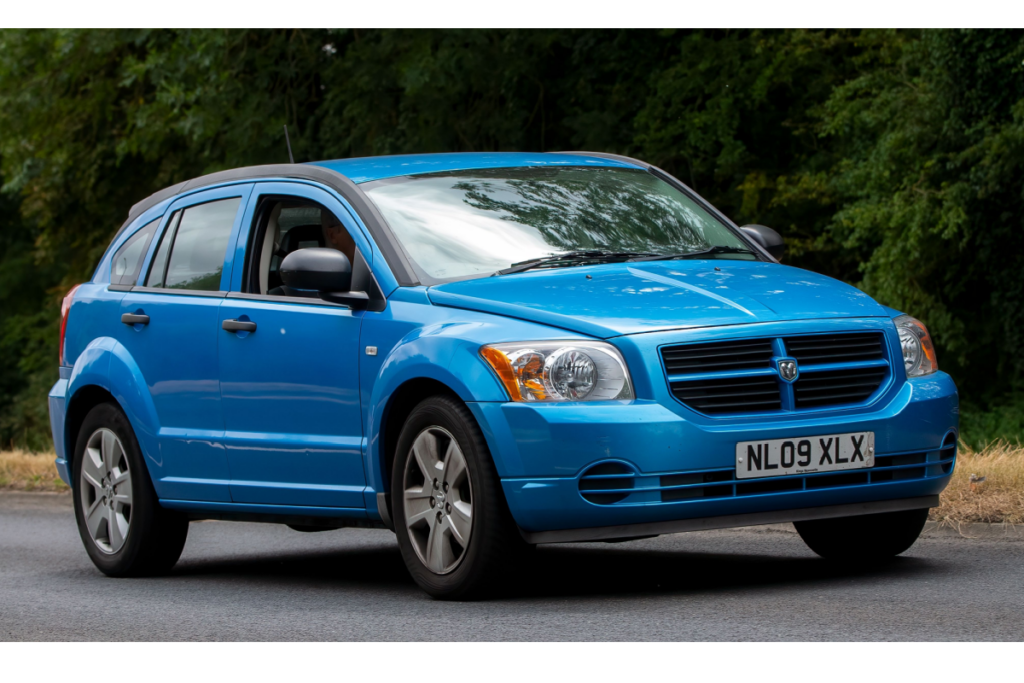
Replacing the successful Dodge Neon, the Caliber fell short in several areas. It was plagued with issues ranging from an unrefined powertrain and a poorly designed, cheap-feeling interior to underwhelming fuel efficiency. The car was heavily criticized and did not resonate with consumers, leading to its discontinuation in 2012.
2005 Saab 9-2X
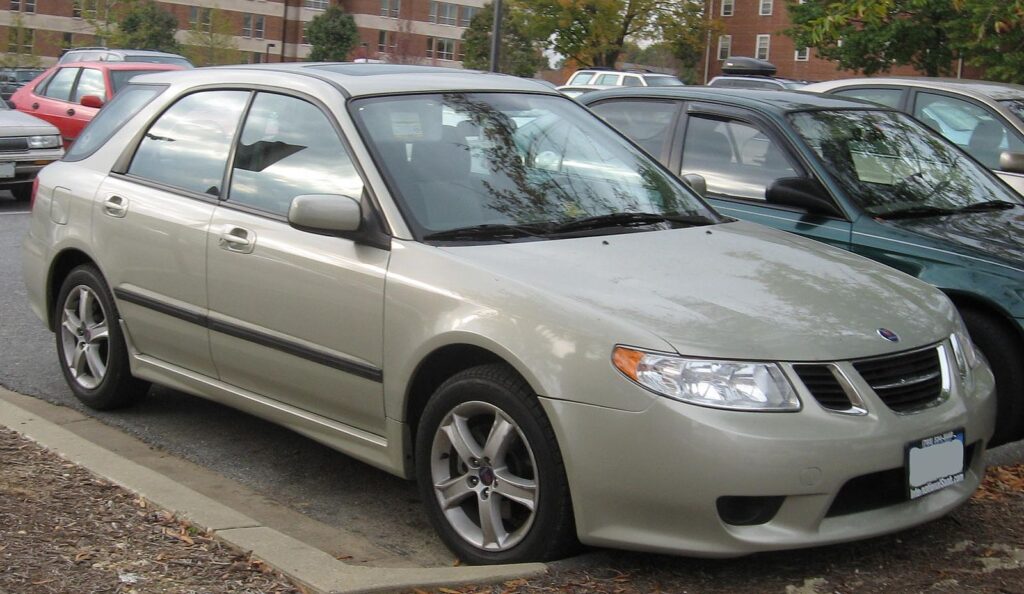
Often referred to as the “Saabaru,” the Saab 9-2X was a rebadged version of the Subaru Impreza wagon. While it offered all-wheel drive and a respectable performance, it failed to resonate with Saab enthusiasts due to its Subaru roots and lacked the distinctive Saab characteristics. The brand’s identity crisis and the car’s high price compared to its Subaru counterpart led to disappointing sales figures.
2008 Saturn Astra
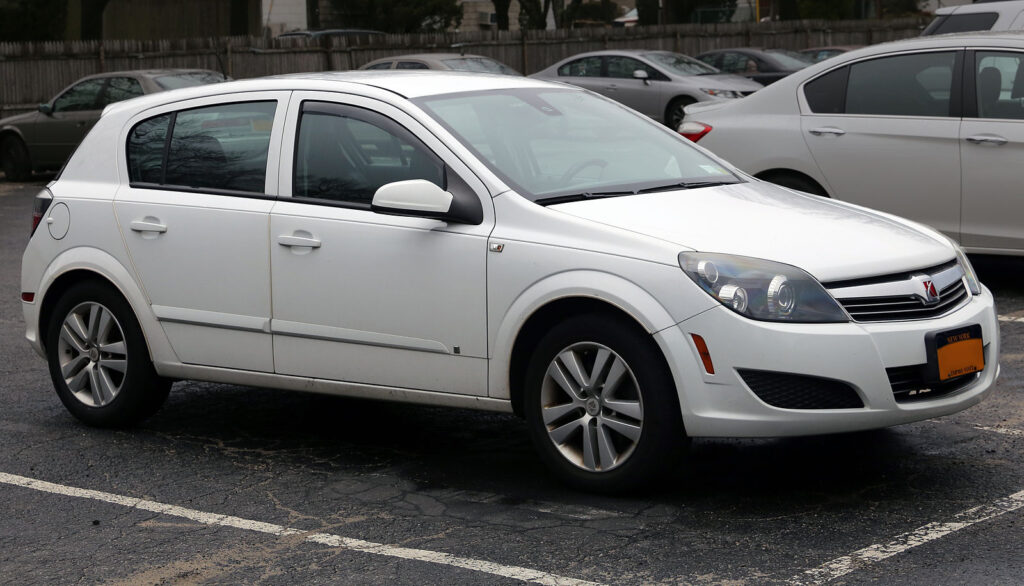
The Saturn Astra was an attempt by GM to introduce a European-style compact car to the American market. Despite its good handling and modern design, the Astra suffered from poor marketing, a higher price tag than competitors, and the looming bankruptcy of GM, which ultimately led to the discontinuation of the Saturn brand.
2009 Mercury Milan
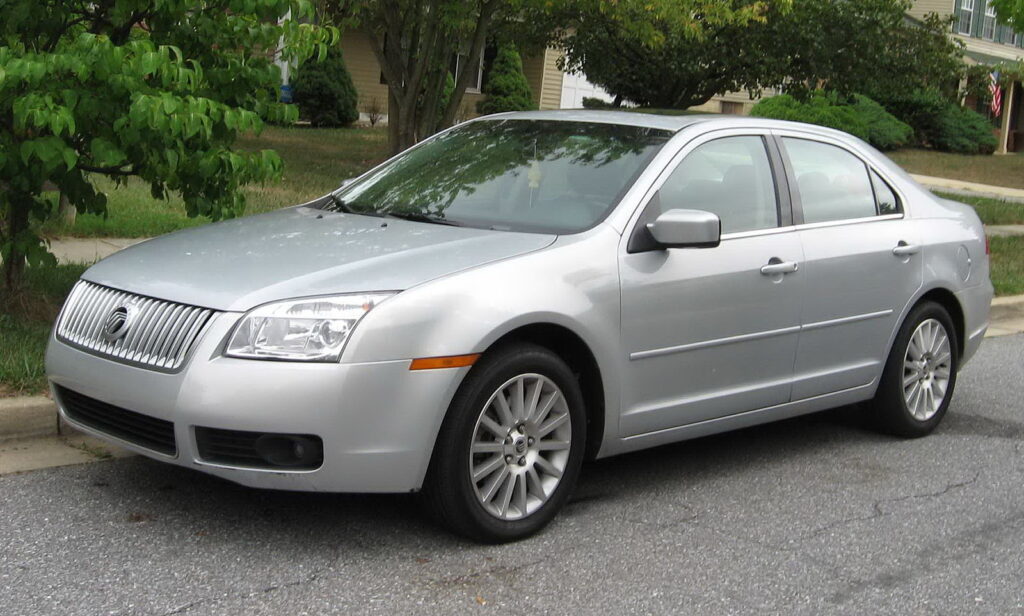
The Mercury Milan, a sibling of the Ford Fusion, struggled with brand identity and failed to significantly differentiate itself from its Ford counterpart. It was criticized for its lackluster design and the redundancy in the Ford lineup, contributing to Mercury’s eventual discontinuation.
2007 Isuzu Ascender
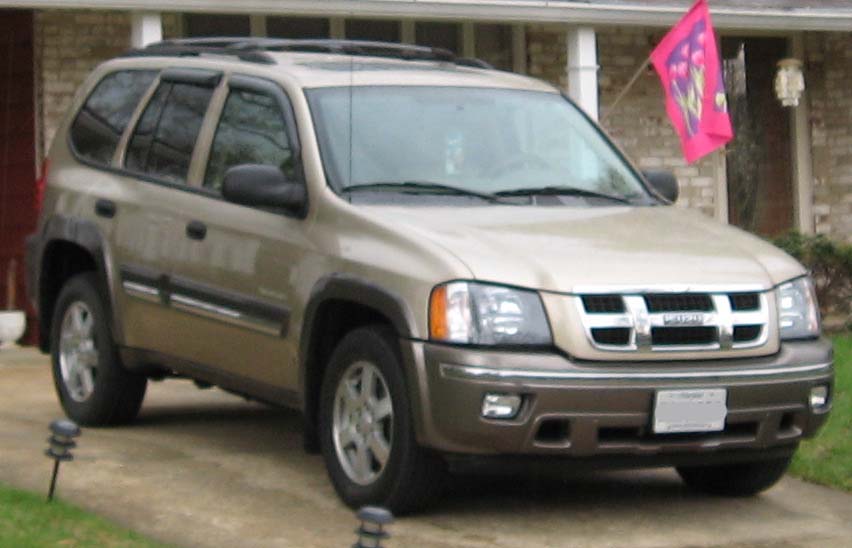
Essentially a rebadged GMC Envoy, the Isuzu Ascender suffered due to Isuzu’s weakening presence in the American market. The SUV did not offer anything unique outside of its badge, and with Isuzu’s focus shifting away from passenger vehicles, the Ascender saw low sales before the brand exited the U.S. market.
2002 Lincoln Blackwood
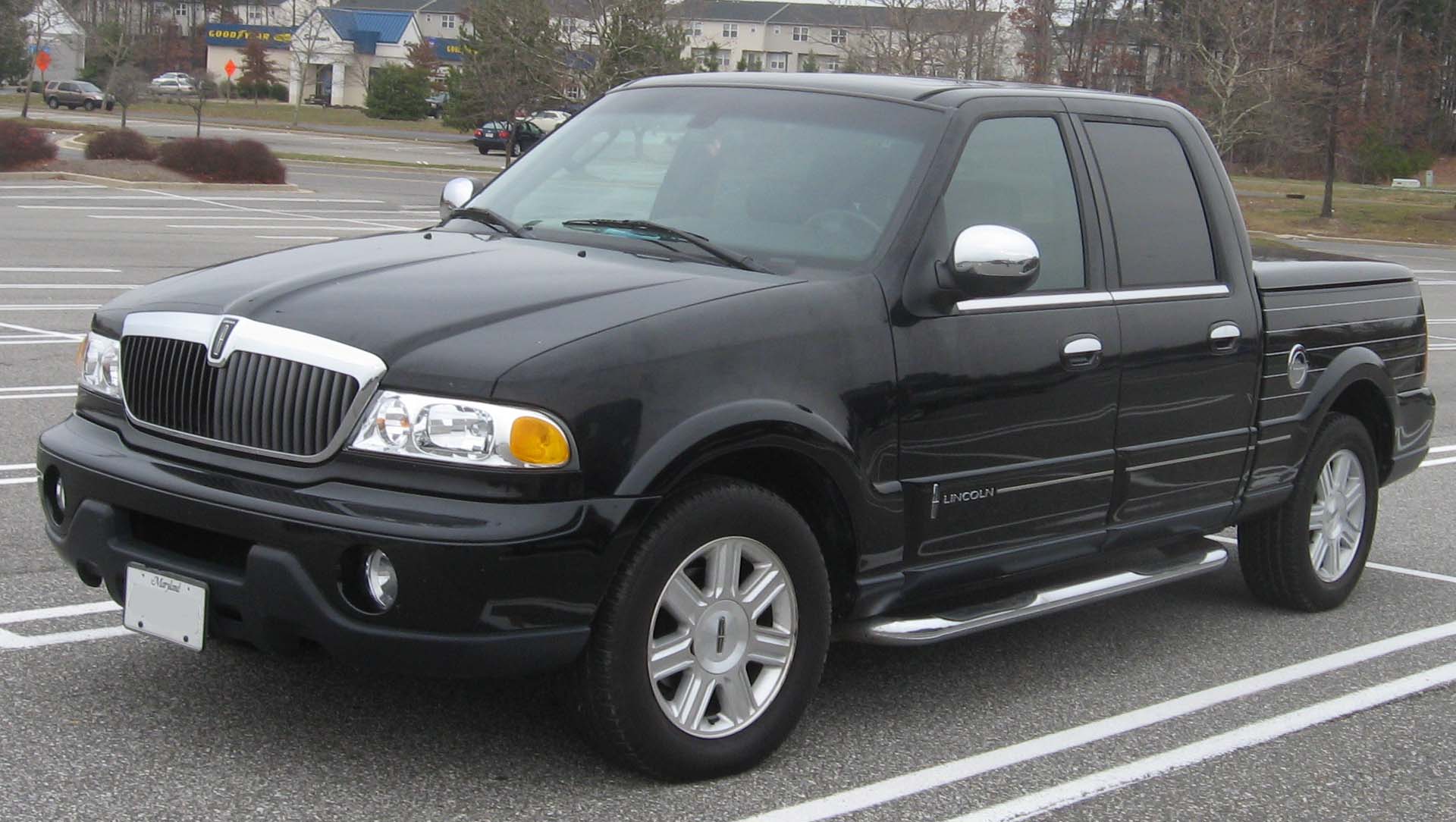
The Lincoln Blackwood was an attempt to market a luxury pickup, but its impracticality, such as the carpeted and power-retractable bed cover, limited its appeal. High pricing and lack of functionality compared to other pickups led to poor sales and the model’s cancellation after just one year.
2009 Pontiac G3
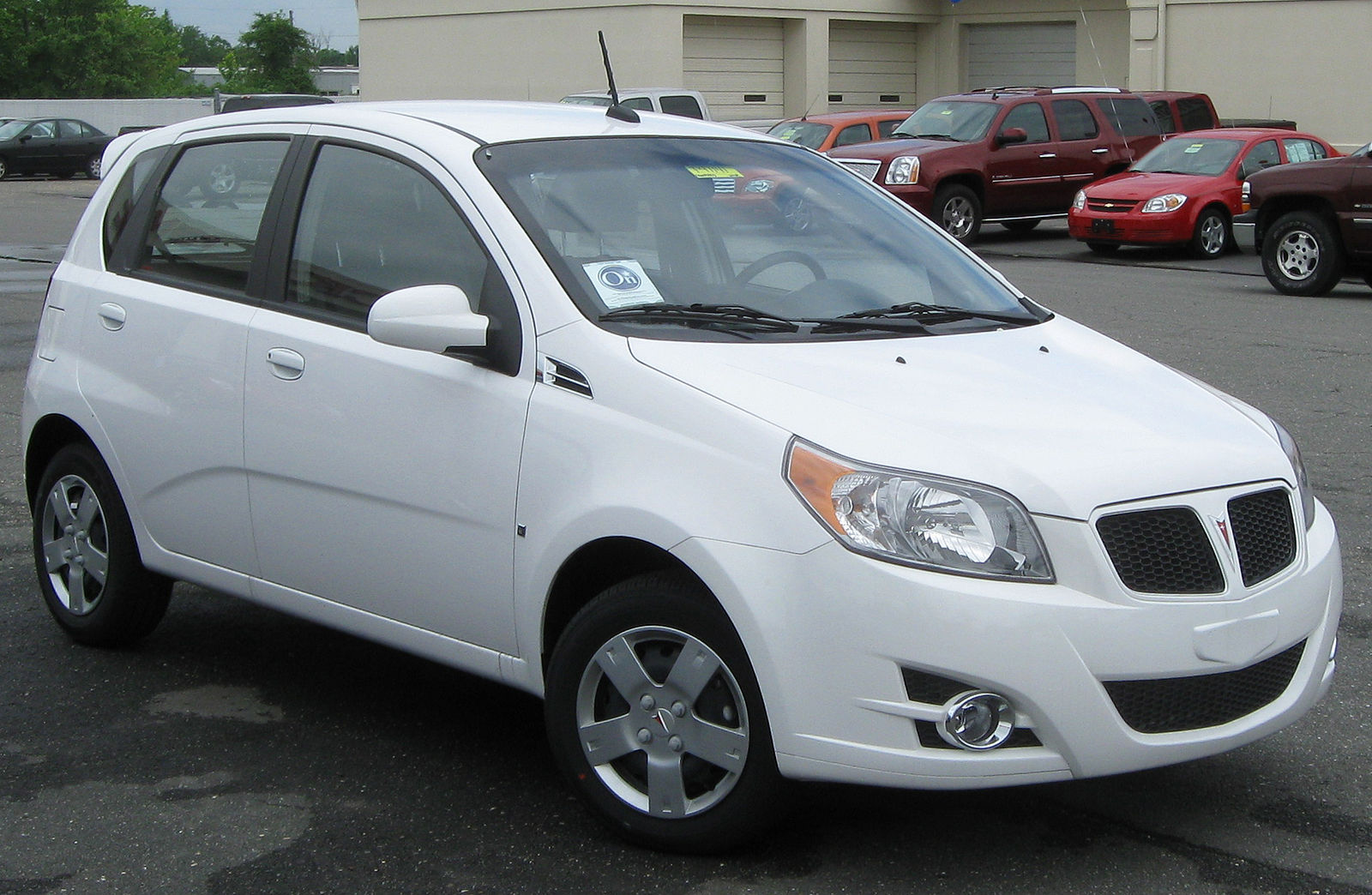
Introduced as a rebadged version of the Chevrolet Aveo, the Pontiac G3 arrived at a time when the brand was struggling for survival. It offered little beyond the Aveo’s budget-friendly, but unremarkable, features and was discontinued as General Motors phased out the Pontiac brand.
2003 Suzuki Aerio

The Suzuki Aerio was an affordable compact car that failed to stand out in a crowded segment. Its quirky styling, average performance, and the small dealer network of Suzuki in the U.S. contributed to its poor sales, overshadowed by more established competitors.
2001 Chrysler Sebring Coupe
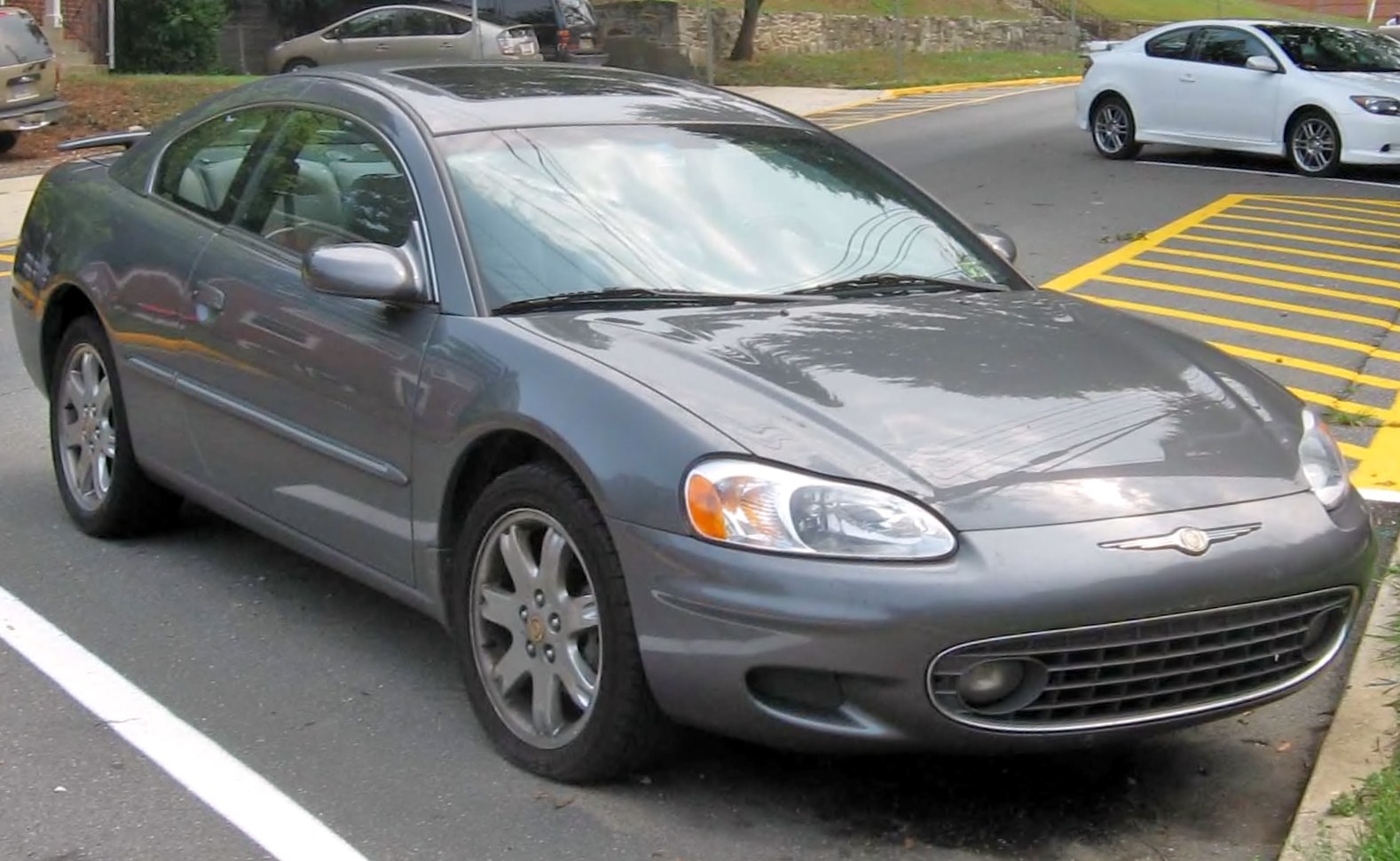
The Chrysler Sebring Coupe, distinct from its more successful convertible sibling, faced criticism for its bland styling, uninspiring performance, and reliability issues. It struggled to compete with more popular coupes and was eventually phased out.
2005 Mitsubishi Endeavor
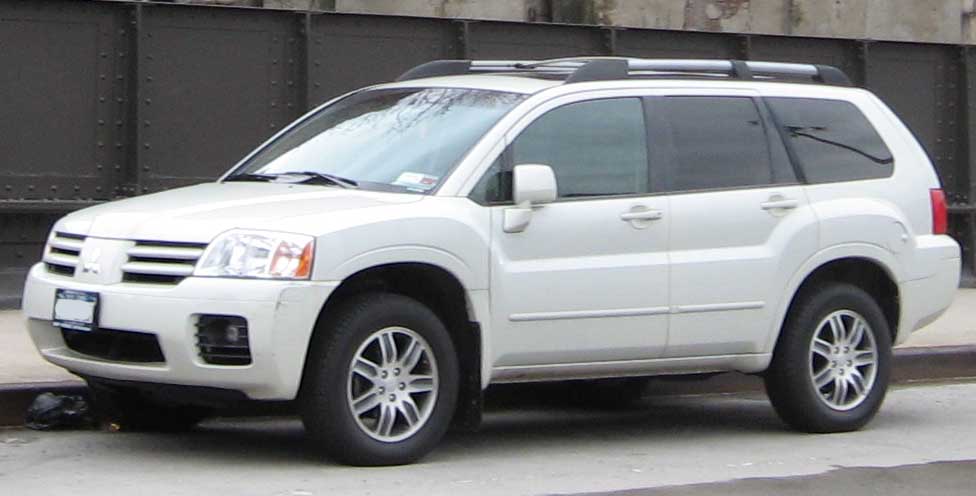
The Mitsubishi Endeavor was a mid-size SUV that never gained significant traction in the competitive SUV market. Despite decent reviews, it was hampered by Mitsubishi’s limited brand presence and market share in the U.S., leading to underwhelming sales figures.
2007 Kia Rondo
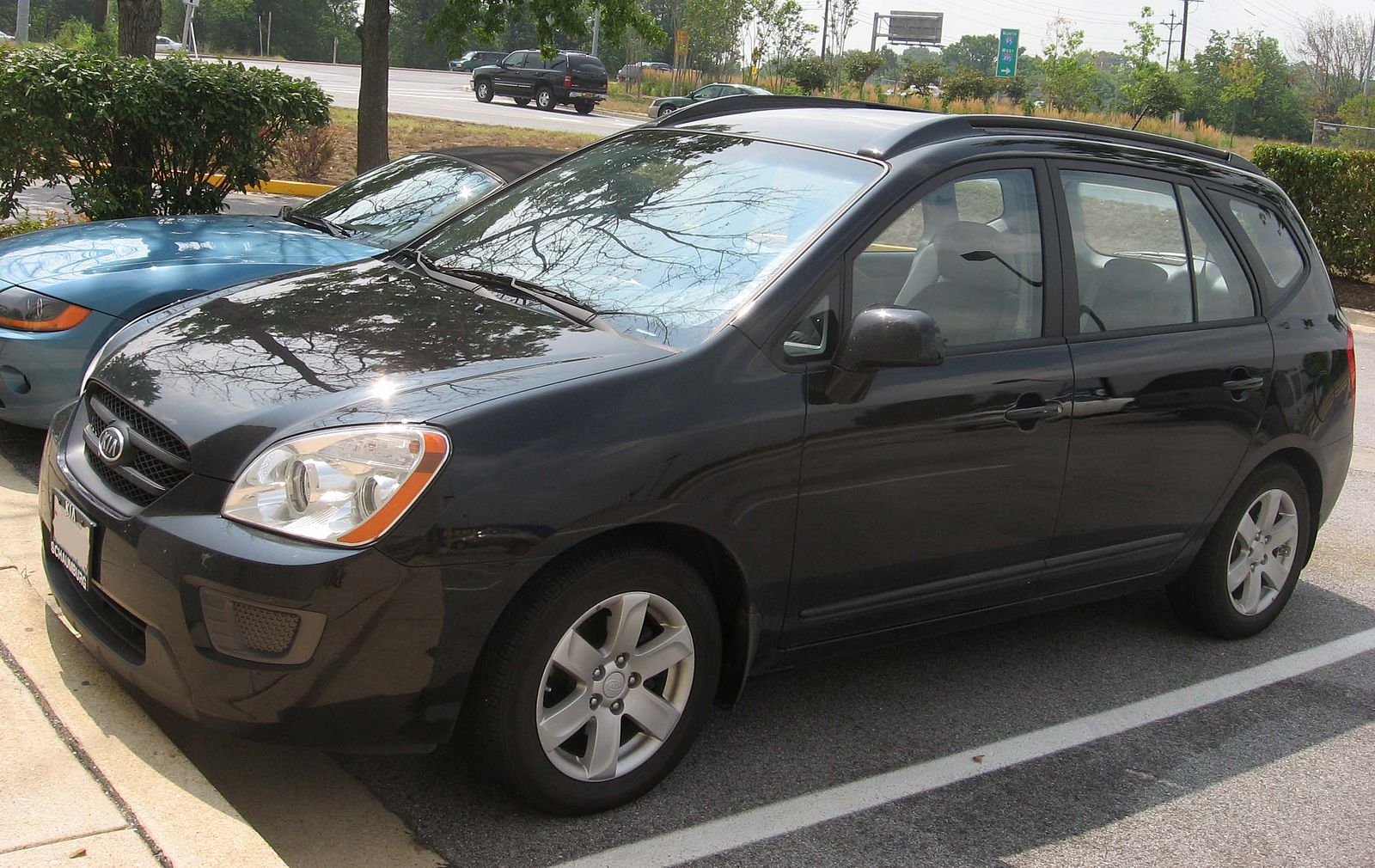
The Kia Rondo, a compact MPV, was praised for its practicality and affordability but failed to find a substantial audience in the U.S., where larger SUVs and crossovers dominated the market. It was discontinued in the U.S. in 2010 due to low sales.
2009 Dodge Nitro
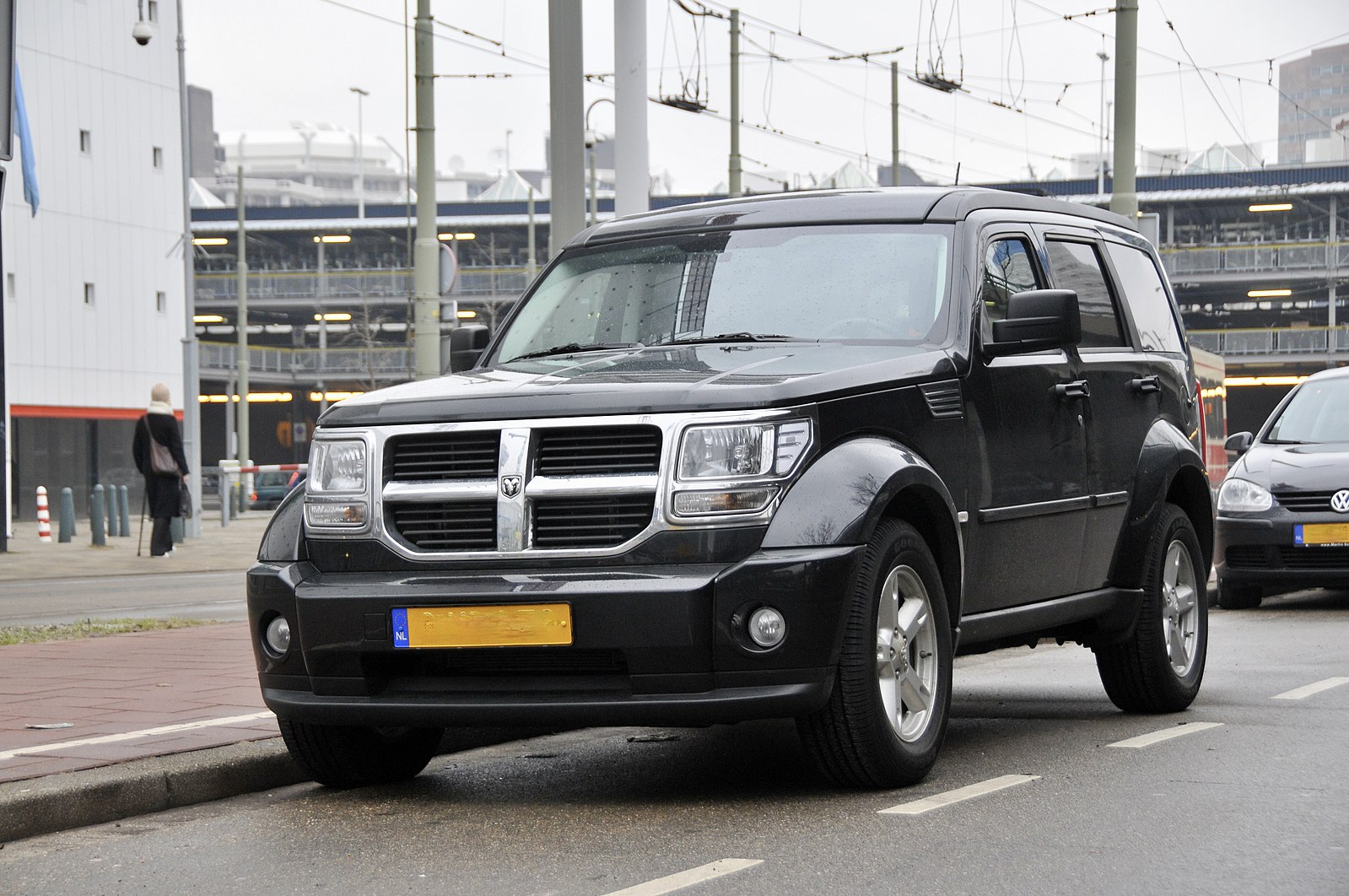
The Dodge Nitro, with its distinctive boxy design, was criticized for its poor fuel economy, lack of interior refinement, and mediocre driving dynamics. It failed to compete effectively in the compact SUV market and was discontinued in 2011.
2006 Ford GT
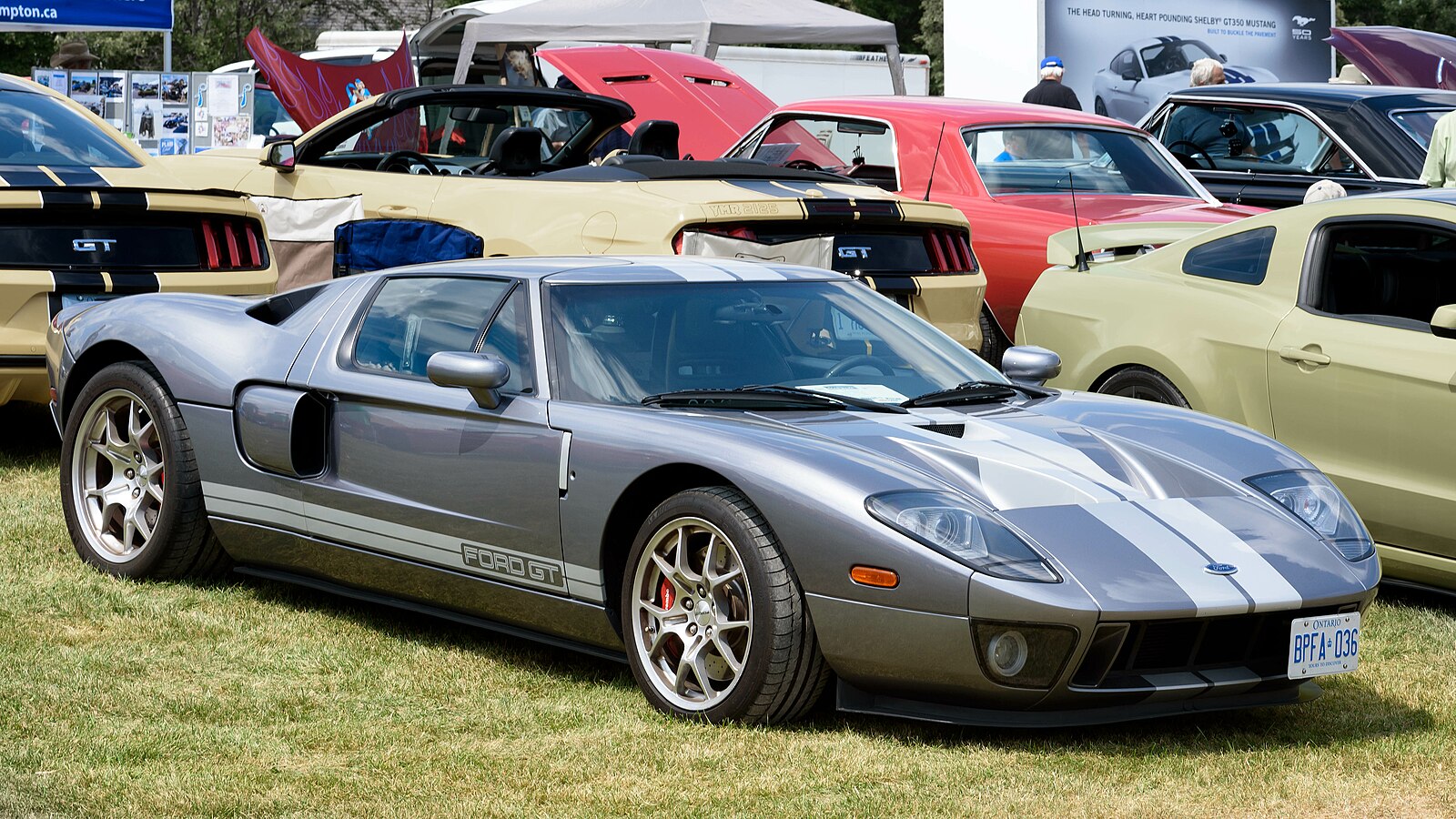
While not a commercial failure, the Ford GT was criticized for its high price and limited production, which made it inaccessible to many enthusiasts. Though it achieved critical acclaim for its performance and design, its exclusivity prevented it from achieving widespread success in the market.
2000 Cadillac Catera
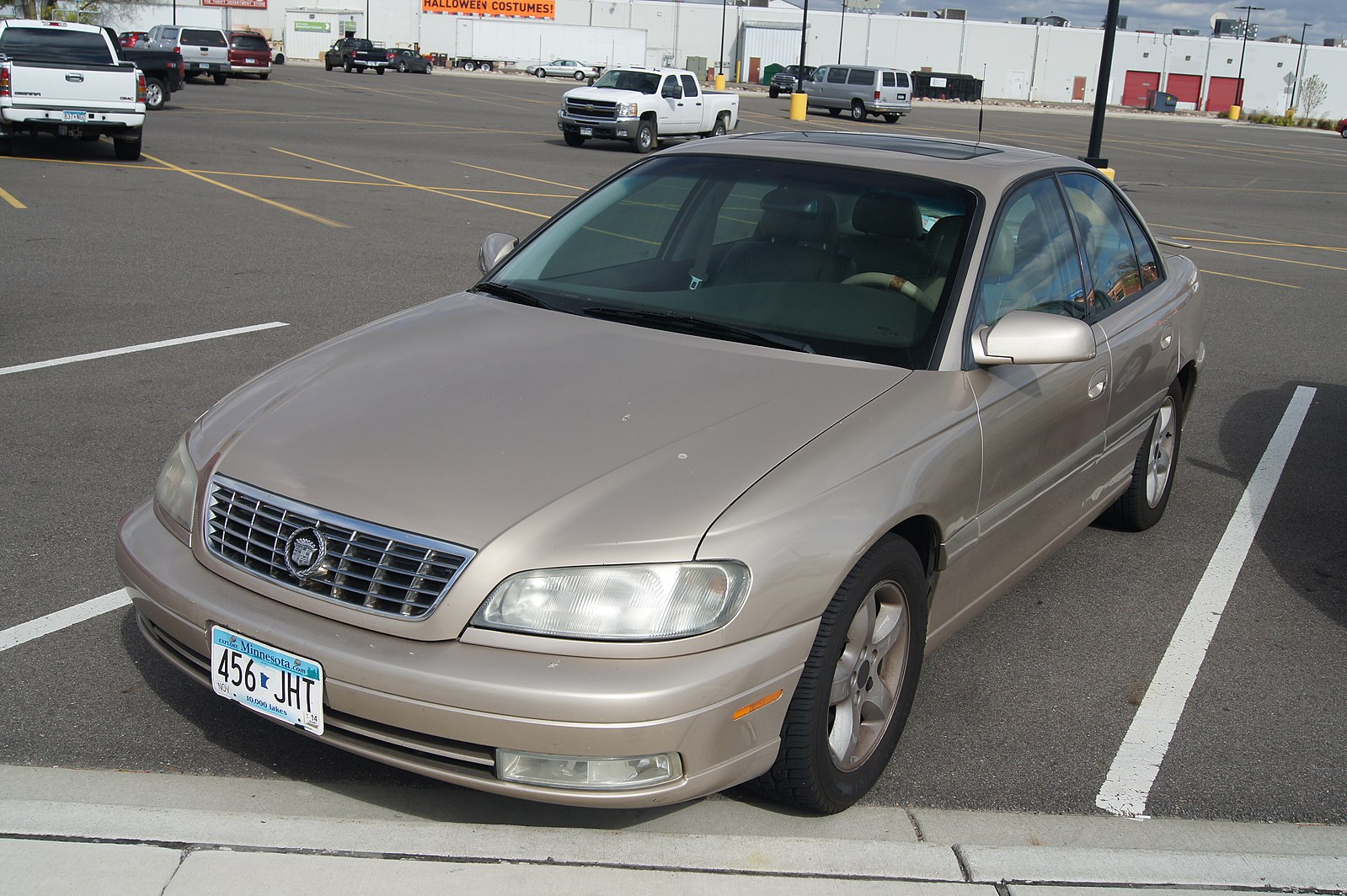
Marketed with the tagline “the Caddy that zigs,” the Catera was Cadillac’s attempt to attract younger buyers. However, it was criticized for its lackluster performance, reliability issues, and failure to match the luxury or driving dynamics of European rivals, leading to its discontinuation in 2001.
This article originally appeared on MyCarMakesNoise.
More from MyCarMakesNoise
The Top 20 Bestselling American Cars in History
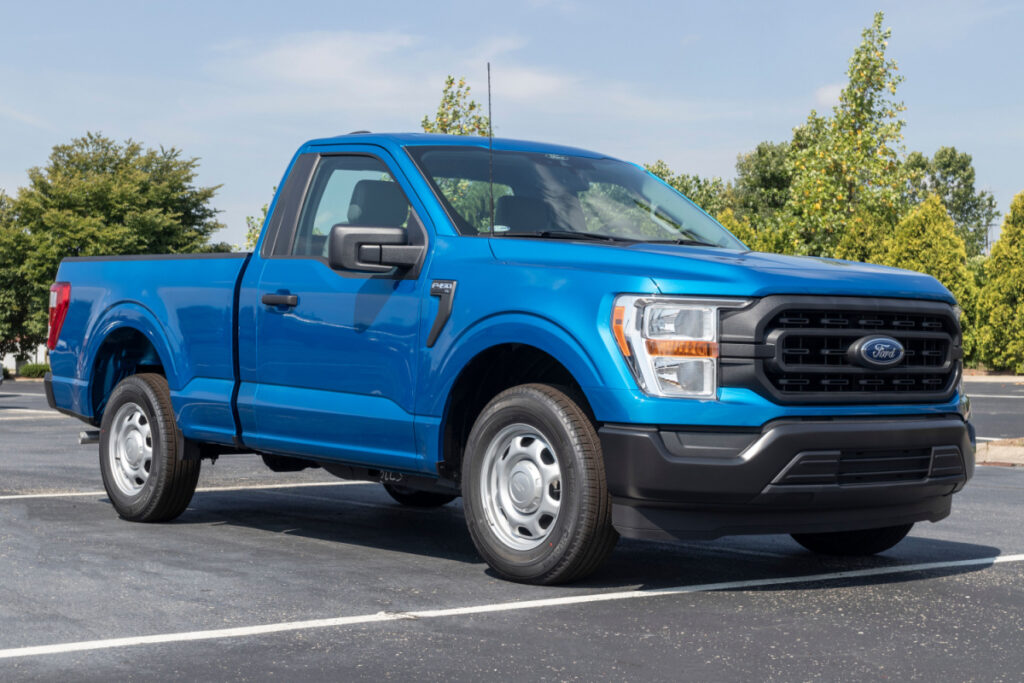
Throughout this journey, certain models have captured the hearts of consumers more than others, selling in astounding numbers and carving their names into automotive history. Read More.
The Best Midsize Truck Options You Can Buy
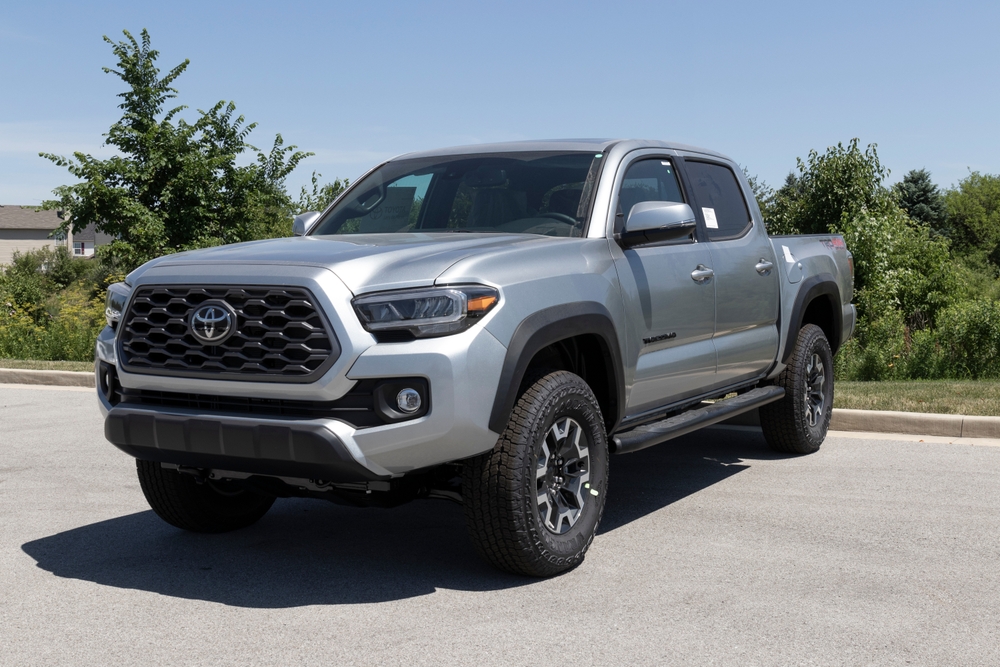
From hauling heavy loads to off-road escapades, mid-size pickup trucks are the versatile workhorses bridging the gap between larger, more cumbersome trucks and smaller, less capable vehicles. These trucks have rapidly grown in popularity, offering the perfect blend of utility, comfort, and performance. Read More.
Classic Cars That Illuminate with Pop-Up Headlights
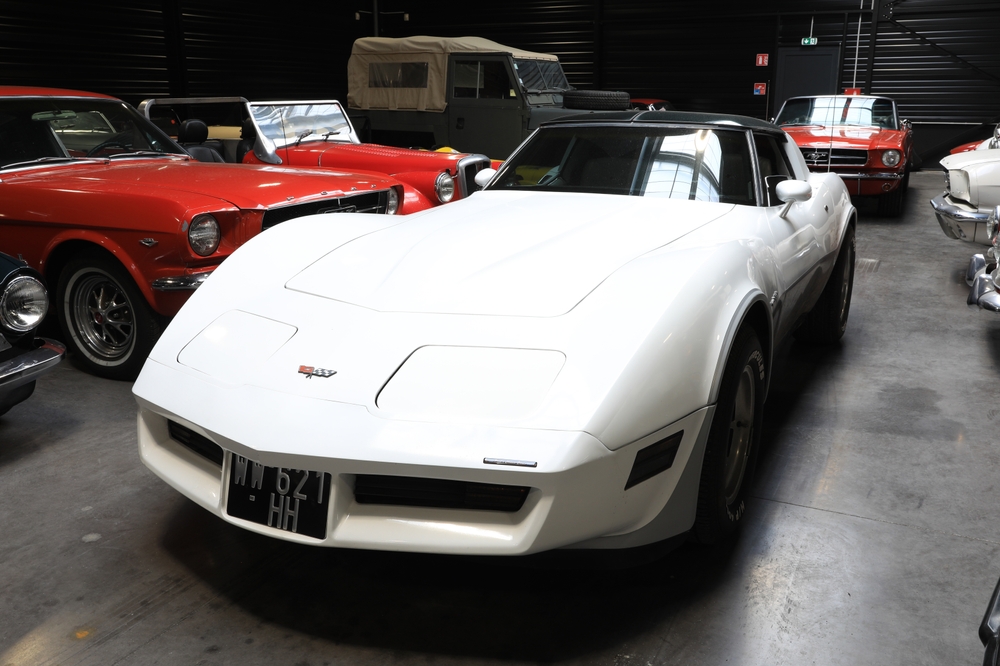
These iconic features not only served a functional purpose but became emblematic of automotive design during the late 20th century. Read More.

